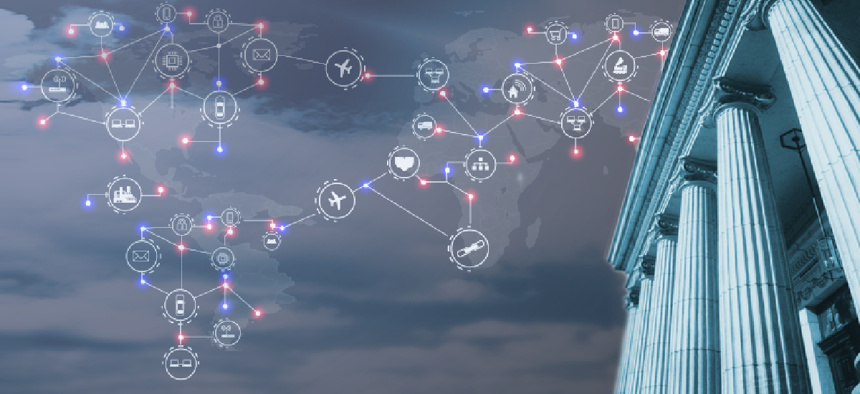IoT cyber law signed amid growing vulnerabilities

The passage of the IoT Cybersecurity Improvement Act of 2020 means that NIST will start to address the gap in post-market guidance to help organizations adequately address newly discovered vulnerabilities in devices already on their networks.

On December 4th, President Trump signed the IoT Cybersecurity Improvement Act of 2020, which directs the National Institute of Standards and Technology (NIST) to create standards and guidelines on the use and management of internet of things devices by federal agencies and to develop guidance on vulnerability disclosure and the resolution of disclosed vulnerabilities.
The bill could not be any more timely. Four days after the act was signed into law, the Cybersecurity and Infrastructure Security Agency (CISA) released an advisory on AMNESIA:33, a set of 33 vulnerabilities impacting four open source TCP/IP stacks which collectively serve as the foundational components of millions of connected devices worldwide. Forescout Research Labs reported these vulnerabilities.
AMNESIA:33 impacts both IoT (e.g., smart plugs, cameras, sensors, smart lights, etc.) and operational technology devices (e.g., physical access control, fire and smoke alarms, energy meters, etc.) from more than 150 vendors. These vulnerabilities can be exploited to take full control of a target device, impair its functionality, obtain potentially sensitive information or inject malicious DNS records to point a device to an attacker-controlled domain.
Vendors affected by AMNESIA:33 might have benefited from existing NIST IoT guidance. This guidance, including NISTIR 8259: Recommendations for IoT Device Manufacturers: Foundational Activities and NISTIR 8259A Core Device Cybersecurity Capability Baseline, focuses primarily on pre-market activities by the device manufacturer. Both publications seek to educate device manufacturers everywhere on making equipment that can be used safely, with improved configuration and other features for more effective management.
But what happens after the devices are purchased and deployed?
The passage of the IoT Cybersecurity Improvement Act of 2020 means that NIST will start to address the gap in post-market guidance to help organizations adequately address newly discovered vulnerabilities in devices already on their networks.
While the bill only specifies four IoT-related topics that NIST must address (secure development, identity management, patching and configuration management), forthcoming guidance should include much more if the goal is to secure organizations from potentially insecure IoT devices.
For example, many vendors are still assessing whether they are affected by AMNESIA:33 and may not release patches immediately; some may not release patches at all. Further, because of the embedded nature of the AMNESIA:33 vulnerabilities, a traditional vulnerability scan across the network will not detect them. In developing guidance, NIST has to be mindful of situations where traditional methods are lacking and offer alternative approaches to secure organizations.
NIST's forthcoming IoT guidance should include instructions on how to apply NIST cybersecurity framework core functions (identify, protect, detect, respond and recover) in environments where IoT devices are increasingly prevalent. It should also include cybersecurity best practices beyond those specified in the bill's text, like network segmentation, and highlight the importance of basic cybersecurity activities, such as asset inventory, that provide a baseline or "one source of truth" for accurate remediation. Asset inventory, for example, is critical when addressing embedded software; organizations need to know what devices are affected then find them on their networks, which is easier said than done, especially if good detection tools are lacking.
While the discovery of any vulnerability that affects millions of connected devices can be shocking, the IoT Cybersecurity Improvement Act signals how the attention of policymakers is appropriately focused on the cybersecurity threat posed by IoT devices. The AMNESIA:33 disclosure shows they have good reason to be concerned. As NIST builds on existing IoT work to develop new guidance, timely disclosures remind experts that securing IoT is about tracking and securing components, and scaling detection and response will be paramount.
I urge NIST in forthcoming guidance to more fully address the myriad challenges in securing IoT devices, especially since traditional methods like scanning or patching may be inadequate to combat real vulnerabilities.
NEXT STORY: GSA preps launch of OASIS replacement


